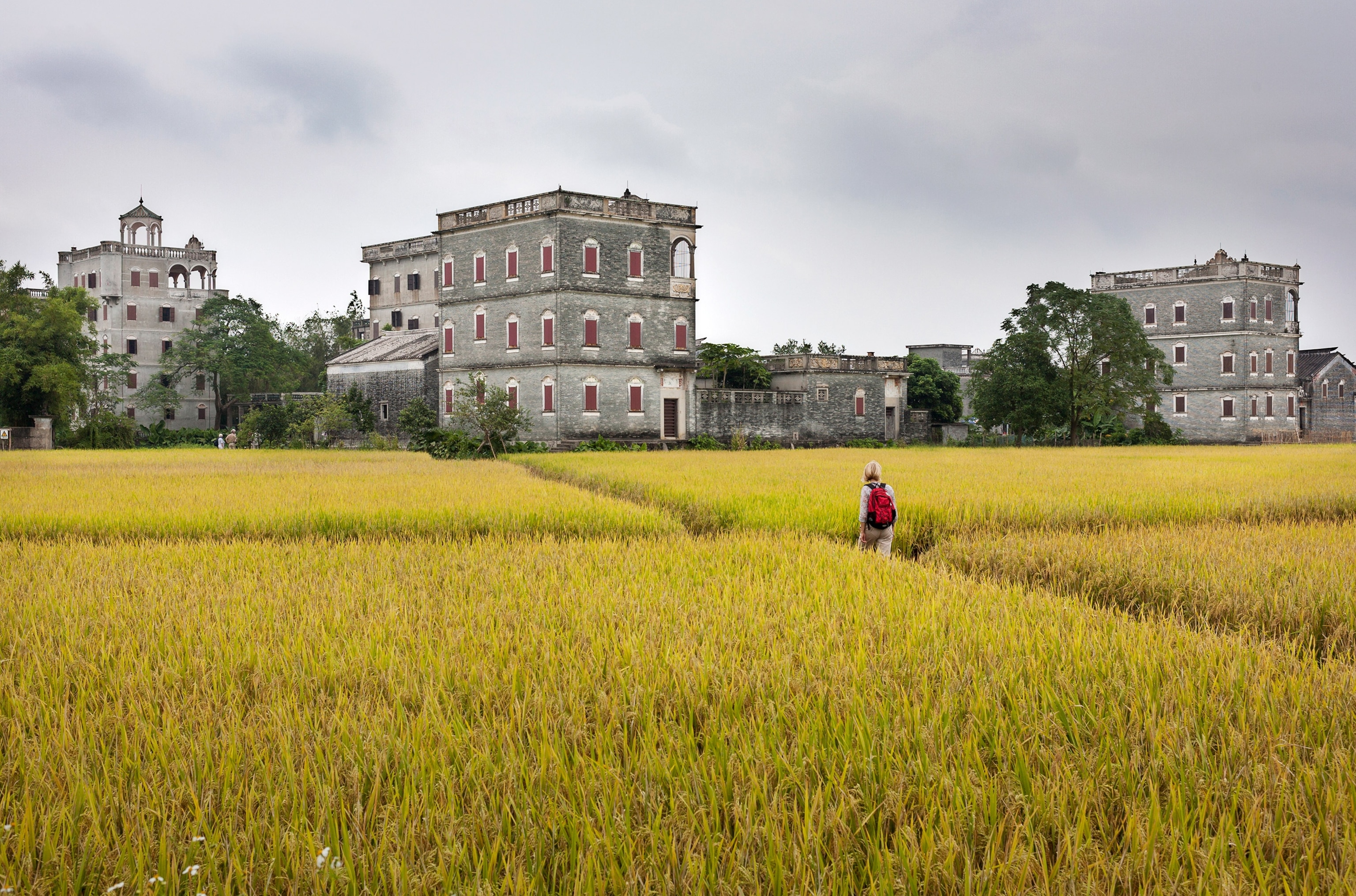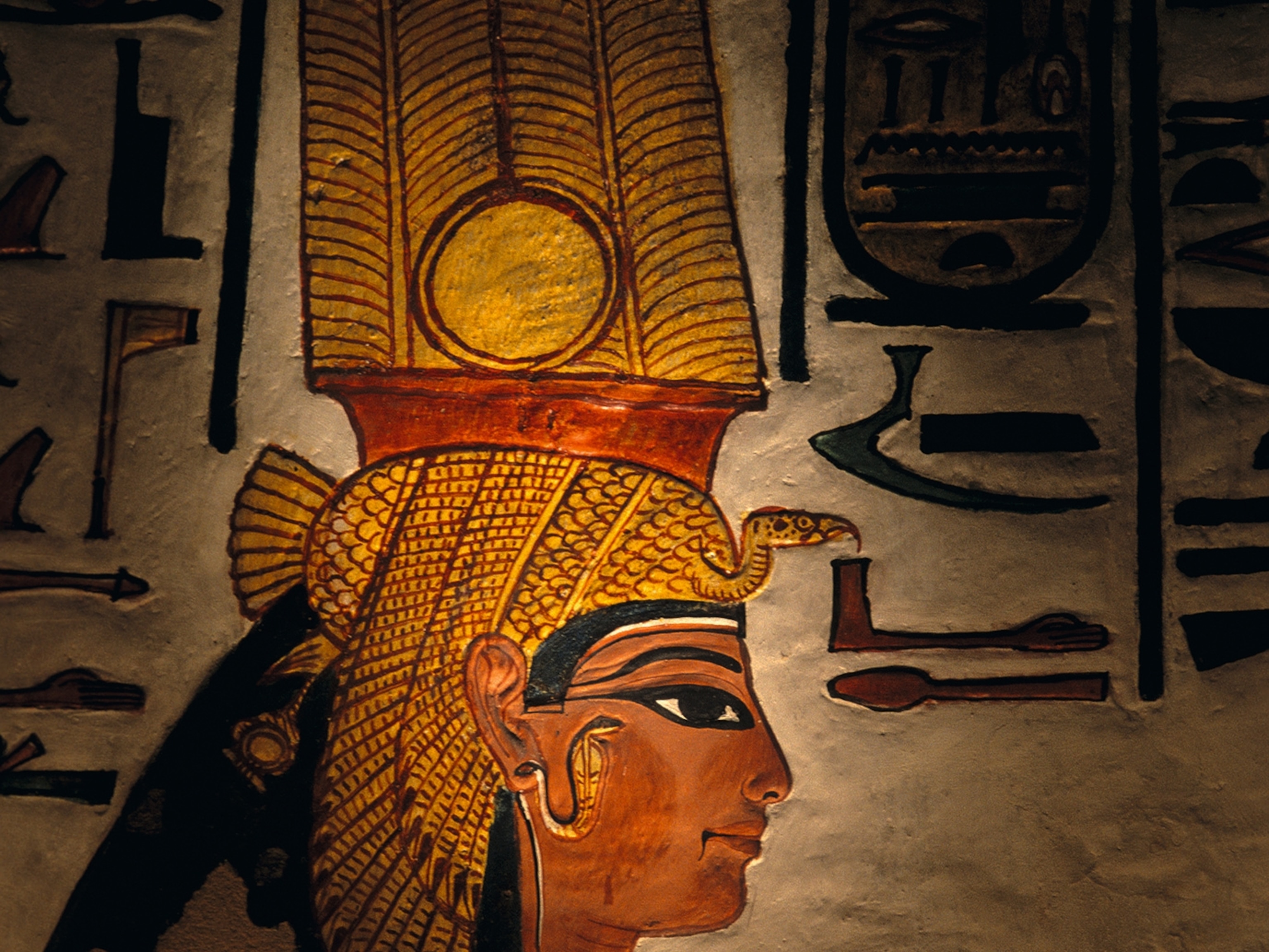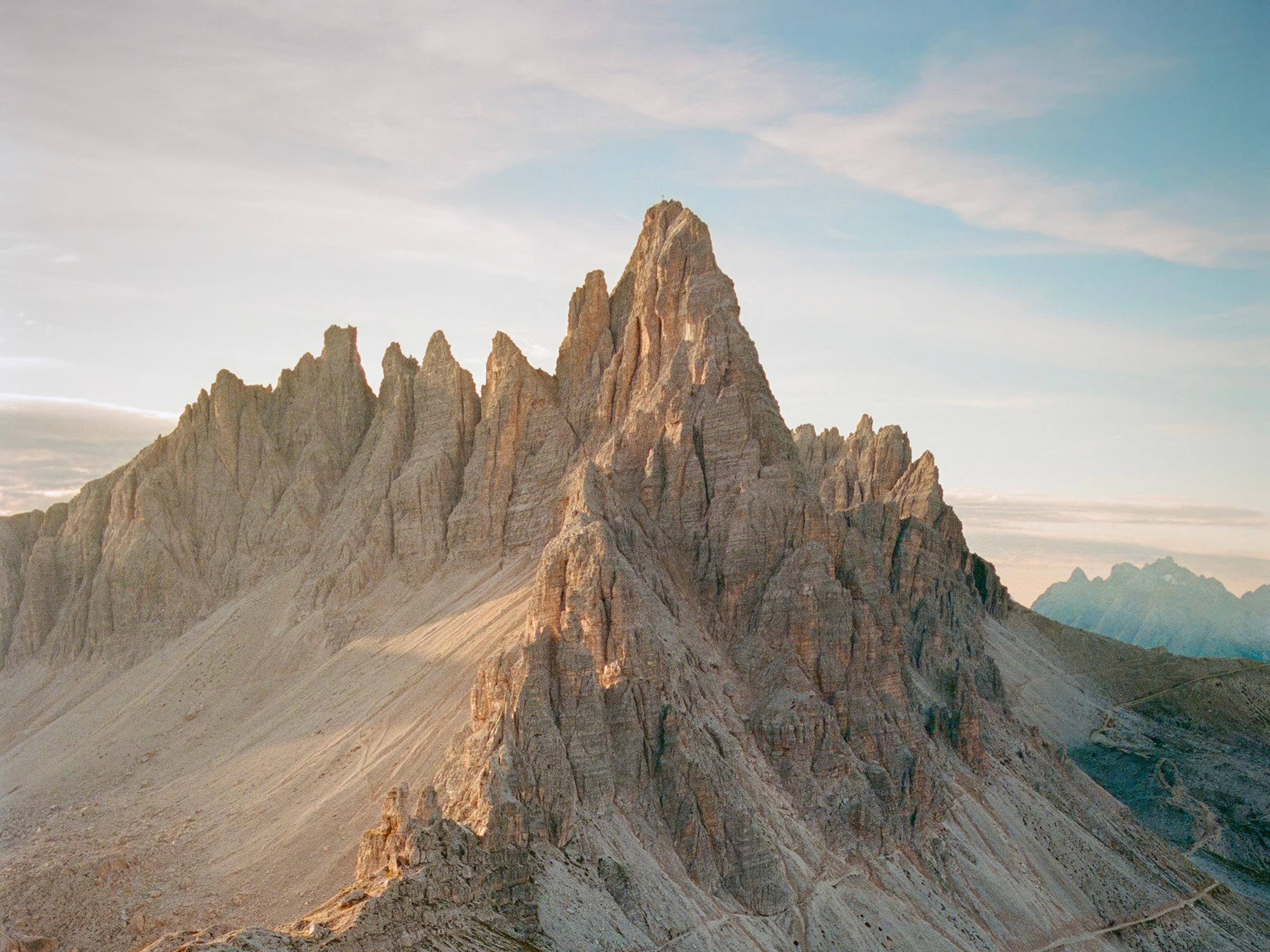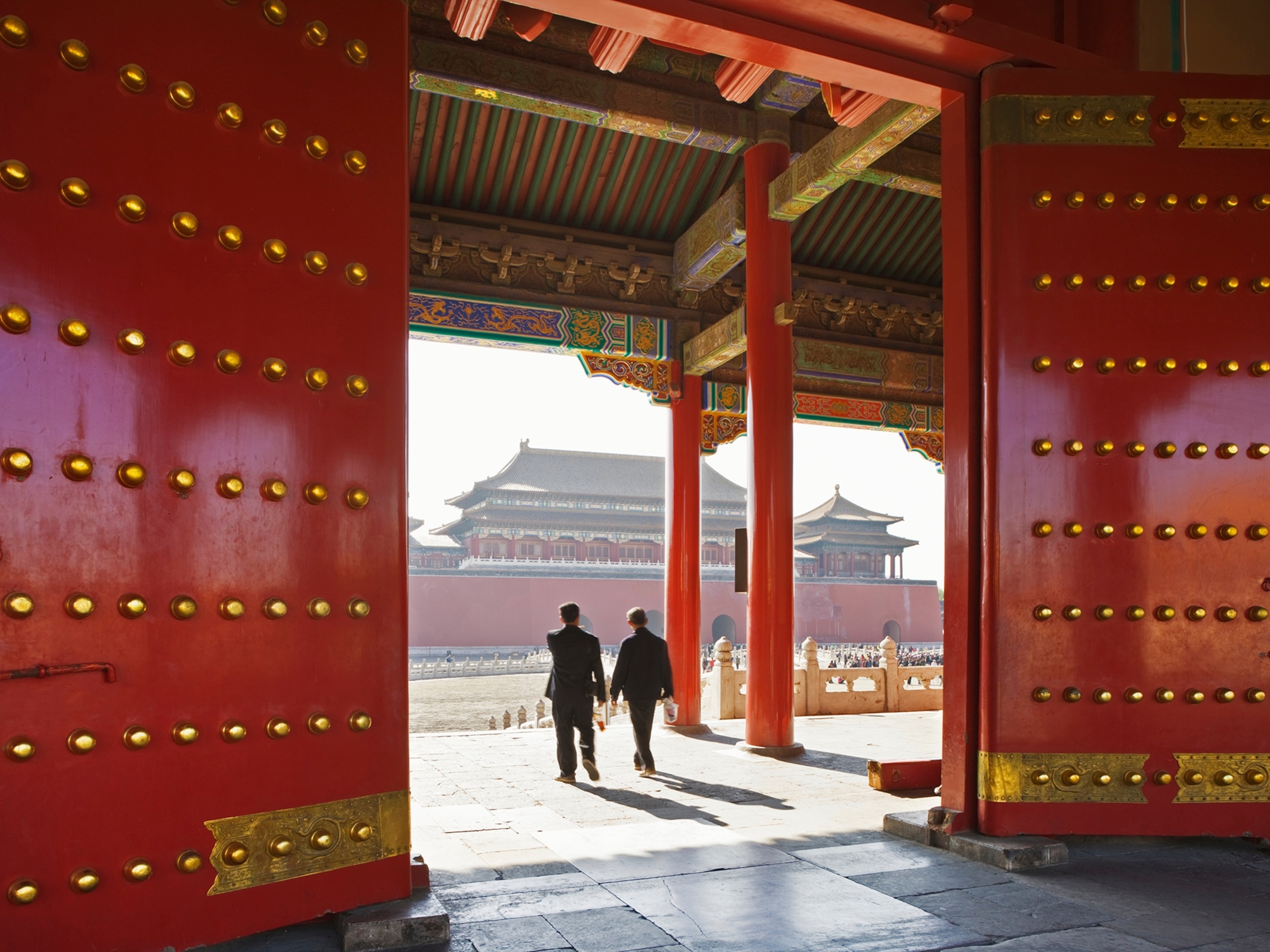One of History's Greatest Armies is Built Entirely of Clay
Each of China's famed terra-cotta warriors is unique and features a realistic human face, likely based on some living person of the time.
The Mausoleum of the First Qin Emperor is home to one of history’s greatest armies—though it’s one built entirely of clay.
The massive host of terra-cotta warriors charged with guarding the emperor’s tomb for eternity was discovered in 1974, when farmers near the city of Xi’an, China, dug a well and found a clay head—the first of perhaps 7,000 unique figures. (No one knows for certain because excavations of the pits are still ongoing.)
Qin Shihuangdi, who died in 210 B.C., was the first ruler to unite China. After his conquests he also tied the empire with an extensive road network, standard currency and weights and measures, a single written script, and even a more consistent legal code.
Qin's great accomplishments included his resting place, a 19-square-mile (49-square-kilometer) complex designed to mirror the plan of his capital, Xianyang, and guarded by one of the most incredible armies ever assembled.
Each clay-crafted figure weighs some 300 to 400 pounds (160 kilograms) and stands 6 feet (1.8 meters) high. Legs and feet form a solid base, but the rest of each figure is hollow. Torsos, arms, hands, and heads were molded separately then attached and covered with a fine layer of clay, which was later finished with detail work.
Each warrior is unique and features a realistic human face, likely based on some living person of the time. The army was assembled in formation and equipped with horses, chariots, and all the accoutrements of an elite fighting force—including bronze weapons, many of which were later plundered. The figures were buried in pits 15 to 20 feet (4.5 to 6 meters) deep. The largest of them stretched as far as two football fields laid end to end.
In accordance with custom the tomb was begun while the emperor was alive, and actually quite young, so that he could oversee all aspects of its construction. It took 36 years, and hundreds of workers, to raise the terra-cotta warrior army. In 1987, the mausoleum was designated a UNESCO World Heritage site.
Qin Shihuangdi is said to have had a special interest in immortality. He sent subjects across the empire in search of products or potions that could extend life. This obsession not only remained unrealized but may have proven fatal. It’s believed that one “longevity” potion contained mercury, and scholars suspect it contributed to his death.
How to Get There
Xi’an is a major city serviced by bus, train, and an international airport. The mausoleum and museum can be reached by bus, minibus, taxi, or a plethora of guided tours.
When to Visit
The Mausoleum of the First Qin Emperor is worth a visit in any season. Summers, though crowded, are hot and wet, and winters quite cold. The spring and fall seasons offer fewer temperature extremes.
- National Geographic Expeditions
How to Visit
Guided tours are available on site. Renting a headset for a recorded audio tour is a less expensive option that offers a bit more flexibility.


























